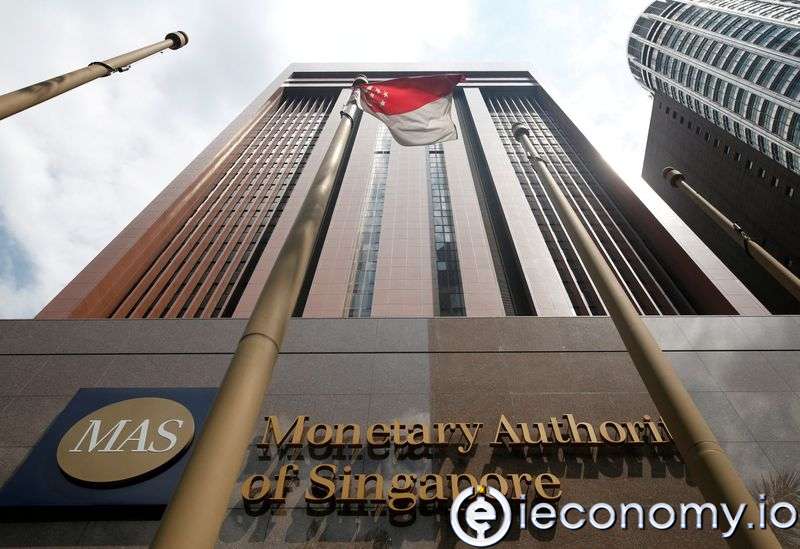Singapore surprisingly tightened its monetary policy
The Central Bank of Singapore made an unexpected tightening in monetary policy due to increasing inflation concerns and gave the green...

Yayınlanma: 26 Ocak 2022 02:59
Güncellenme: 4 Aralık 2025 14:47
The Central Bank of Singapore, involved in the global fight against rising inflation concerns, made an unexpected tightening in monetary policies and strengthened its currency.
For the first time since 2015, after inflation climbed to an eight-year high and the government highlighted the uncertainties in the inflation outlook, the Central Bank of Singapore, which manages monetary policy through exchange rate adjustments, made a move that was not on its agenda.
The Monetary Authority of Singapore (MAS) manages monetary policy through exchange rate settings, rather than interest rates, letting the local dollar rise or fall against the currencies of its main trading partners within an undisclosed band.
It adjusts its policy via three levers: the slope, midpoint, and width of the policy band, known as the Nominal Effective Exchange Rate, or S$NEER.
Drawing attention to the ongoing risks by the Central Bank was interpreted by economists as giving the green light for further moves at the April meeting.
The Monetary Authority of Singapore (MAS) stated that the decision would slightly increase the valuation rate of the monetary policy band.
The Monetary Authority of Singapore (MAS) last surprised the markets by unexpectedly loosening monetary policy after the drop in global oil prices in January 2015.




